Photo deep space, made by the Hubble Space Telescope
 Bashny.Net
Bashny.Net
We offer a look at the best pictures taken with the help of space telescope «Hubble»
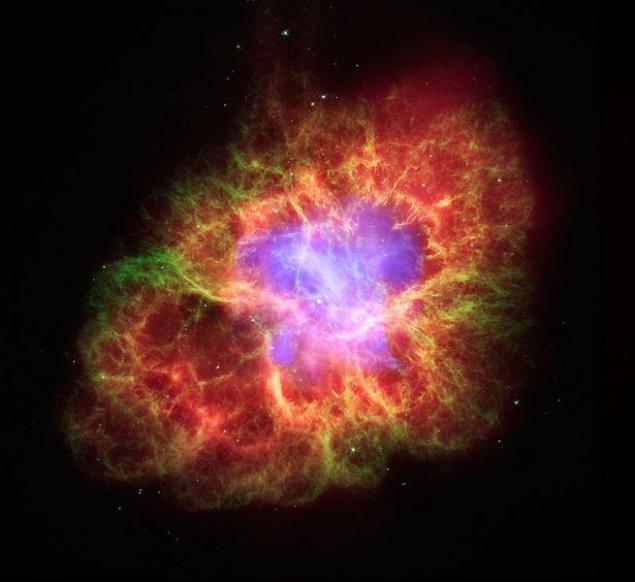
1. galactic fireworks.
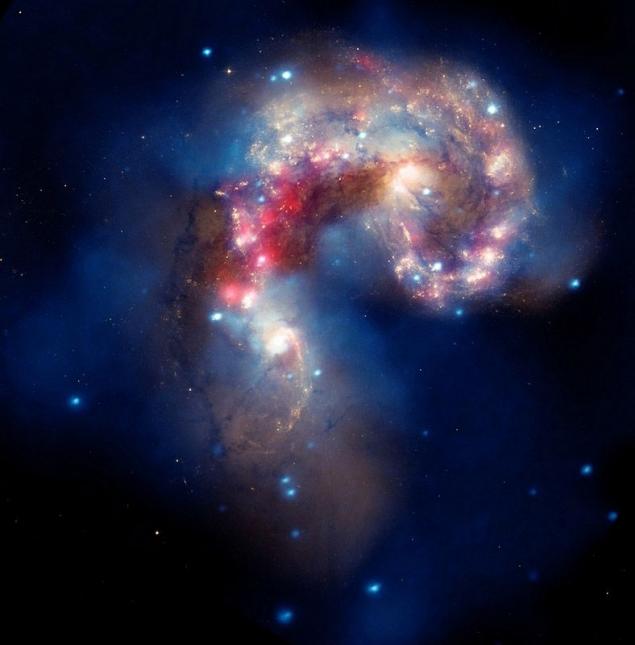
2. The Centre lenticular galaxy Centaurus A (NGC 5128). This bright galaxy is on space standards very close to us - "only" 12 million light-years.
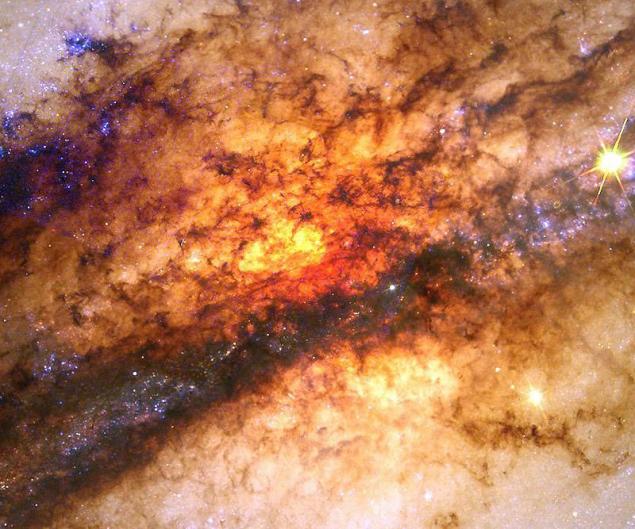
3. The dwarf galaxy the Large Magellanic Cloud. The diameter of the galaxy up to 20 times smaller than our own galaxy, the Milky Way.

4. The planetary nebula NGC 6302 in the constellation Scorpius. In this planetary nebula there are two beautiful names: Bug Nebula and the Butterfly Nebula. Planetary nebula forms when a star similar to our sun, dying, resets the outer layer of gas.
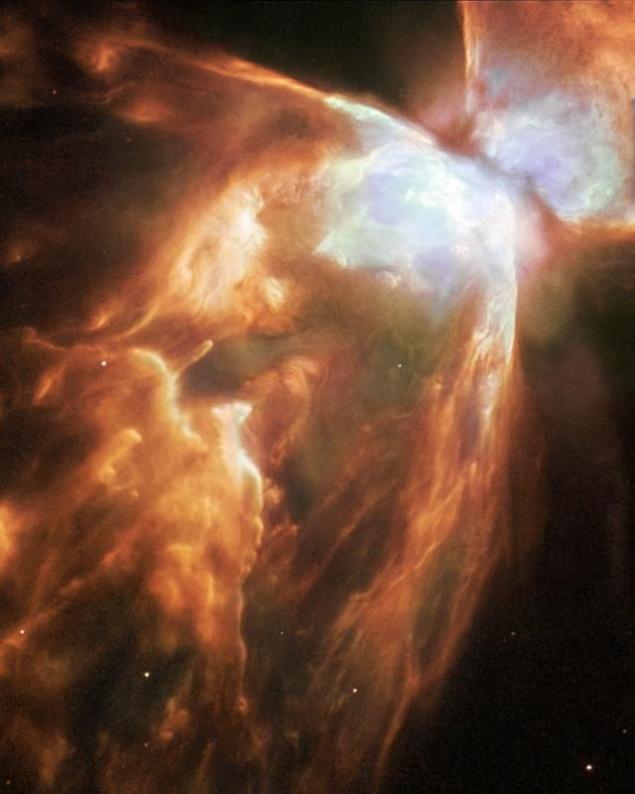
5. The reflection nebula NGC 1999 in the constellation of Orion. This nebula is a giant cloud of gas and dust that reflects the light of the stars.
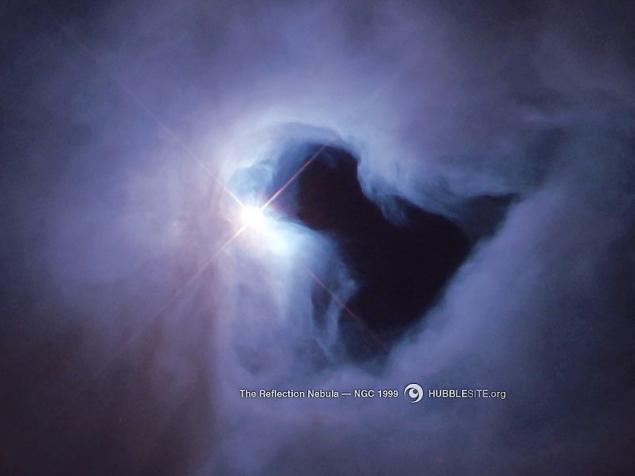
6. Glowing Nebula in Orion. Find this nebula in the sky can be just below Orion's belt. She is so bright that it is clearly visible to the naked eye.

7. The Crab Nebula in Taurus. This nebula was formed as a result of a supernova explosion.

8. Cone Nebula NGC 2264 in the constellation Monoceros. This nebula is included in the nebulae surrounding star cluster Snowflakes.

9. Cat's Eye Planetary Nebula in the constellation Draco. The complex structure of the nebula scientists has set a lot of mysteries.
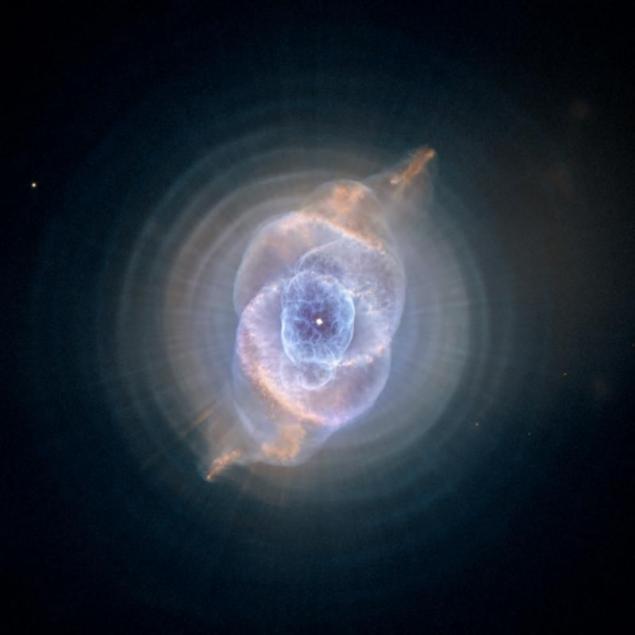
10. The spiral galaxy NGC 4911 in the constellation Coma Berenices. This constellation is a large cluster of galaxies called the Coma cluster. Most of the galaxies in this cluster are elliptical type.

11. The spiral galaxy NGC 3982 in the constellation Ursa Major. April 13, 1998 in this galaxy flared supernova.

12. The spiral galaxy M74 in the constellation Pisces. There are suggestions that this galaxy has a black hole.

13. Eagle Nebula M16 in the constellation Serpens. This is a fragment of the famous photograph taken with the help of space telescope "Hubble", dubbed the "Pillars of Creation».
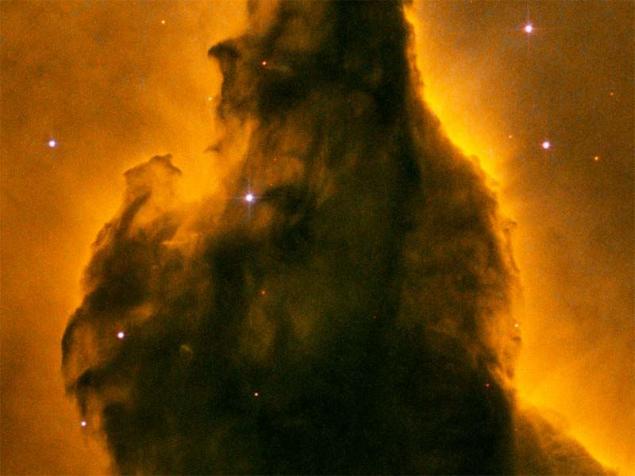
14. Fantastic images of deep space.

15. The dying star.
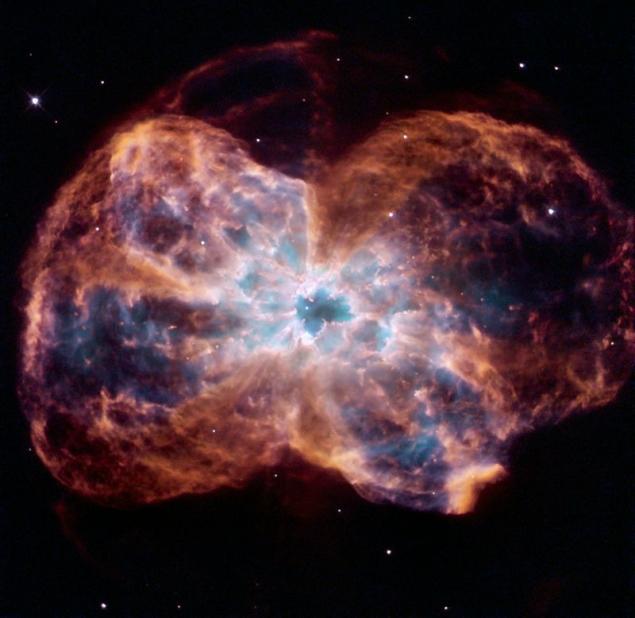
16. Red Giant V838. After 4-5 billion years, our Sun will become a red giant, and after about 7 billion years expanding its outer layer to reach the Earth's orbit.
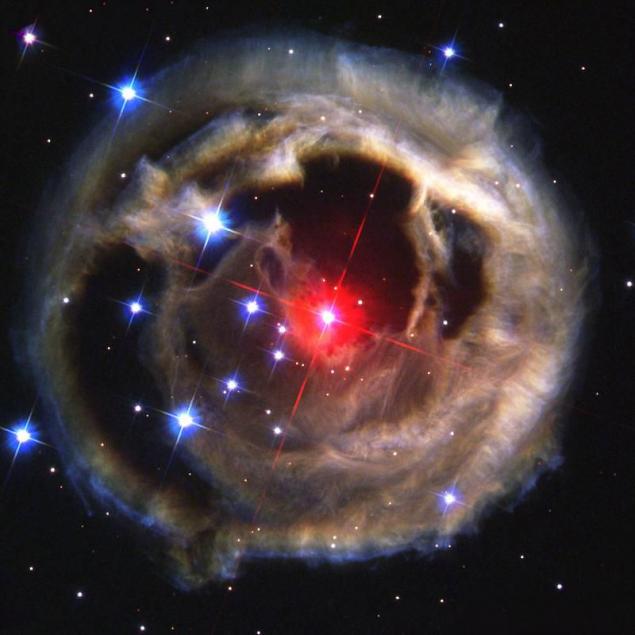
17. The galaxy M64 in the constellation Coma Berenices. This galaxy is the result of a merger of two galaxies rotate in different directions. Therefore, the inner part of the galaxy M64 rotates in one direction, and its peripheral part - in another.

18. Mass birth of new stars.
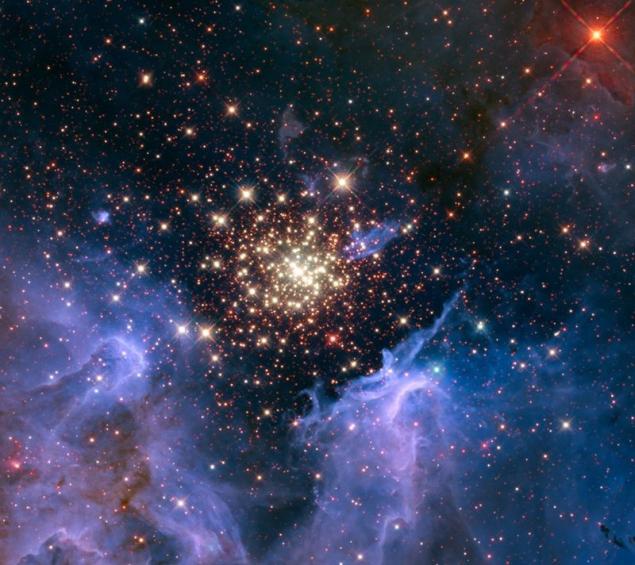
19. Eagle Nebula M16. This pillar of dust and gas located in the center of the nebula, called the region "Fairy". The length of the column of about 9, 5 light years.
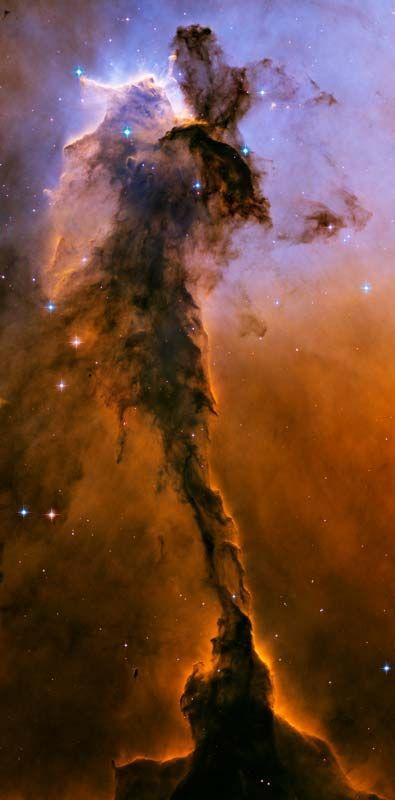
20 stars in the universe.

21. The nebula NGC 2074 in the constellation Dorado.
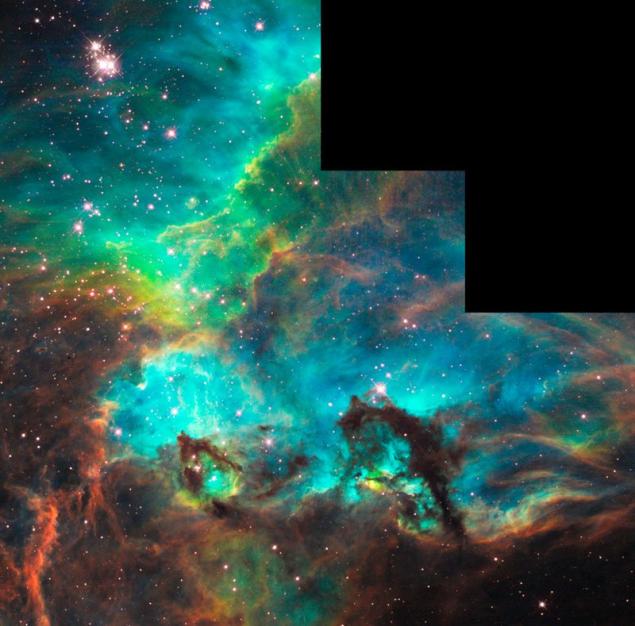
22. Triplet galaxy Arp 274. This system consists of two spiral galaxies and one irregular shape. The property is located in the constellation Virgo.

23. The Sombrero Galaxy M104. In the 1990s it was found that in the center of this galaxy is a black hole an enormous mass.

24. galaxy Centaurus A. In this galaxy there is a strong radio emission.

25. The galaxy M81 in the constellation Ursa Major. This galaxy is well visible even in telescopes, amateur astronomers.
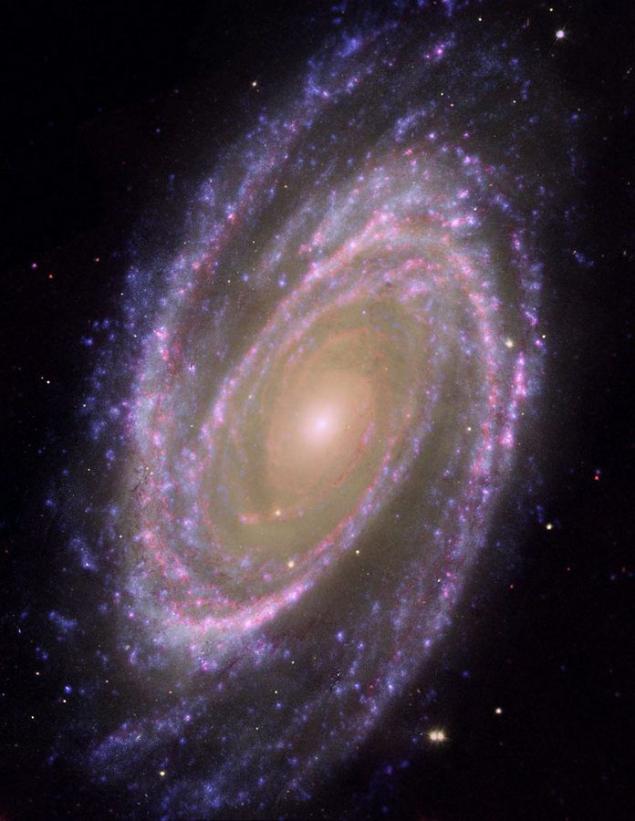
26. Another view of the galaxy M81.
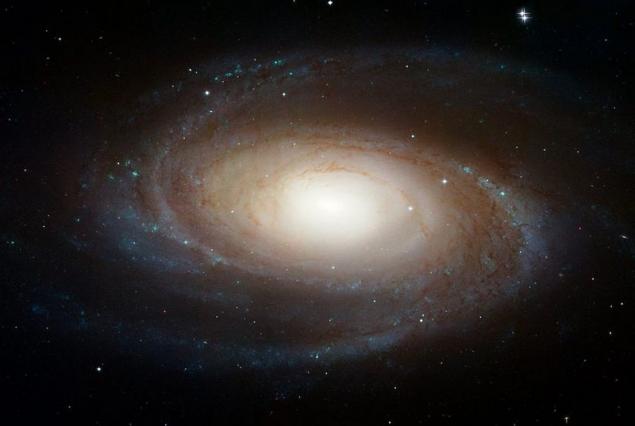
27. The famous "Pillars of Creation" in the Eagle Nebula M16. Today, astronomers have data, it claimed that about 6000 years ago, a supernova explosion destroyed the "Pillars of Creation." But the Eagle Nebula is located 7,000 light-years from Earth, so we will be able to observe the "Pillars of Creation" nearly a thousand years.

28. The birth of stars in the Orion Nebula.

29. The planetary nebula NGC 2392 Eskimo in the constellation Gemini.
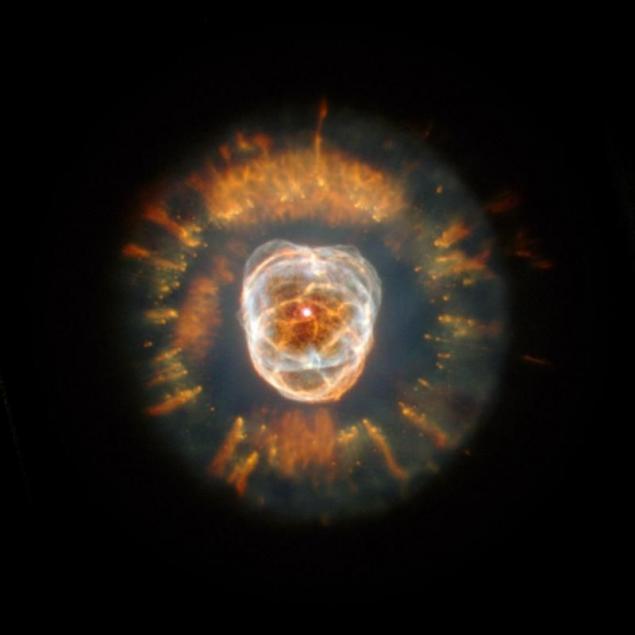
30. Nebula M17. This nebula is also called the Omega Nebula, Swan, Horseshoe and the Lobster. This nebula is located in our galaxy in the constellation Sagittarius.

via bigpicture.ru

1. galactic fireworks.

2. The Centre lenticular galaxy Centaurus A (NGC 5128). This bright galaxy is on space standards very close to us - "only" 12 million light-years.

3. The dwarf galaxy the Large Magellanic Cloud. The diameter of the galaxy up to 20 times smaller than our own galaxy, the Milky Way.

4. The planetary nebula NGC 6302 in the constellation Scorpius. In this planetary nebula there are two beautiful names: Bug Nebula and the Butterfly Nebula. Planetary nebula forms when a star similar to our sun, dying, resets the outer layer of gas.

5. The reflection nebula NGC 1999 in the constellation of Orion. This nebula is a giant cloud of gas and dust that reflects the light of the stars.

6. Glowing Nebula in Orion. Find this nebula in the sky can be just below Orion's belt. She is so bright that it is clearly visible to the naked eye.

7. The Crab Nebula in Taurus. This nebula was formed as a result of a supernova explosion.

8. Cone Nebula NGC 2264 in the constellation Monoceros. This nebula is included in the nebulae surrounding star cluster Snowflakes.

9. Cat's Eye Planetary Nebula in the constellation Draco. The complex structure of the nebula scientists has set a lot of mysteries.

10. The spiral galaxy NGC 4911 in the constellation Coma Berenices. This constellation is a large cluster of galaxies called the Coma cluster. Most of the galaxies in this cluster are elliptical type.

11. The spiral galaxy NGC 3982 in the constellation Ursa Major. April 13, 1998 in this galaxy flared supernova.

12. The spiral galaxy M74 in the constellation Pisces. There are suggestions that this galaxy has a black hole.

13. Eagle Nebula M16 in the constellation Serpens. This is a fragment of the famous photograph taken with the help of space telescope "Hubble", dubbed the "Pillars of Creation».

14. Fantastic images of deep space.

15. The dying star.

16. Red Giant V838. After 4-5 billion years, our Sun will become a red giant, and after about 7 billion years expanding its outer layer to reach the Earth's orbit.

17. The galaxy M64 in the constellation Coma Berenices. This galaxy is the result of a merger of two galaxies rotate in different directions. Therefore, the inner part of the galaxy M64 rotates in one direction, and its peripheral part - in another.

18. Mass birth of new stars.

19. Eagle Nebula M16. This pillar of dust and gas located in the center of the nebula, called the region "Fairy". The length of the column of about 9, 5 light years.

20 stars in the universe.

21. The nebula NGC 2074 in the constellation Dorado.

22. Triplet galaxy Arp 274. This system consists of two spiral galaxies and one irregular shape. The property is located in the constellation Virgo.

23. The Sombrero Galaxy M104. In the 1990s it was found that in the center of this galaxy is a black hole an enormous mass.

24. galaxy Centaurus A. In this galaxy there is a strong radio emission.

25. The galaxy M81 in the constellation Ursa Major. This galaxy is well visible even in telescopes, amateur astronomers.

26. Another view of the galaxy M81.

27. The famous "Pillars of Creation" in the Eagle Nebula M16. Today, astronomers have data, it claimed that about 6000 years ago, a supernova explosion destroyed the "Pillars of Creation." But the Eagle Nebula is located 7,000 light-years from Earth, so we will be able to observe the "Pillars of Creation" nearly a thousand years.

28. The birth of stars in the Orion Nebula.

29. The planetary nebula NGC 2392 Eskimo in the constellation Gemini.

30. Nebula M17. This nebula is also called the Omega Nebula, Swan, Horseshoe and the Lobster. This nebula is located in our galaxy in the constellation Sagittarius.

via bigpicture.ru
Tags
See also
Year of birth - 1912.Kogda often think about death
A unique phenomenon! This huge asteroid came as close to Earth. At risk are we?
On movie sets 6 season "Game of Thrones"
Amazing facts about the universe that you may not have known
New York in the 70s
Big Apple 70-ies
French firefighters released the hottest calendar of the year
With the Hubble Space Telescope
Hubble discovered the most distant galaxies known previously
Happy Birthday, "Hubble"
















